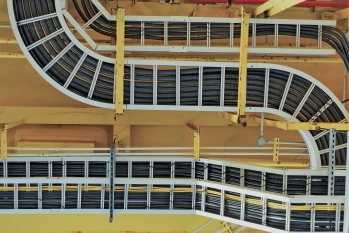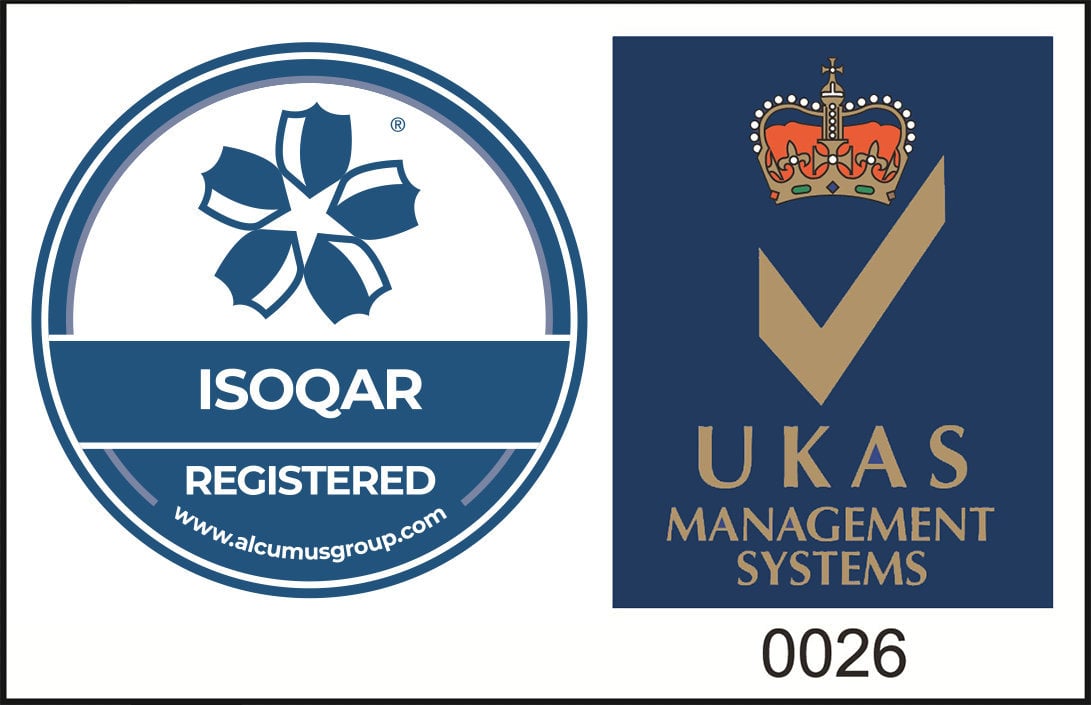
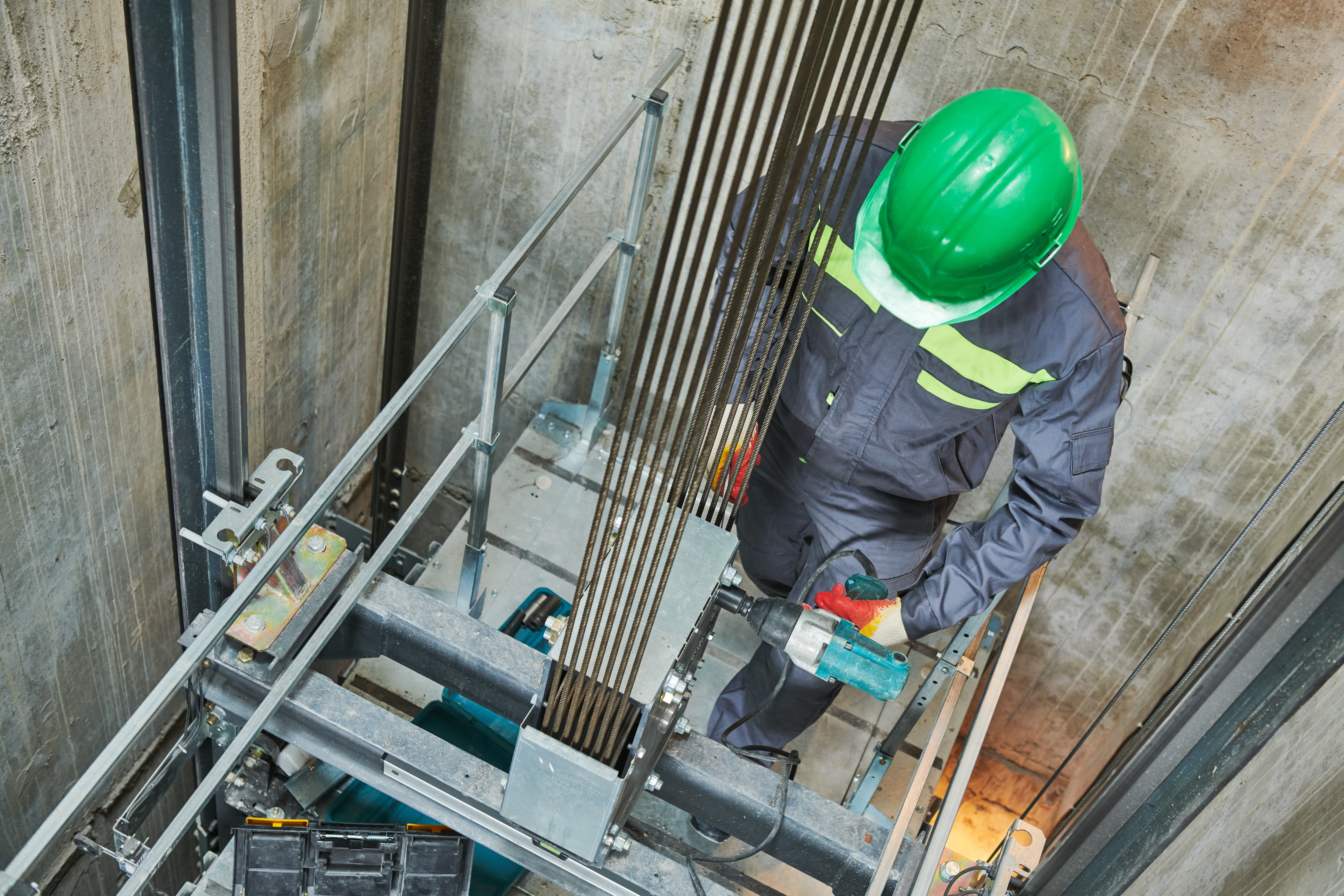
What Goes Up Must Come Down: Behind The Closed Doors of Elevators
Published: 30/09/2022
What Goes Up Must Come Down: Behind The Closed Doors of Elevators
Most of us use them regularly whether it be out of necessity or let's be honest, laziness. Unless we are trying to get those valuable steps in, elevators are commonly used in everyday life.
An elevator controller is exactly what it sounds like, a system which controls the elevator either manually or automatically. It is similar to a brain function, managing the movements, speed and torque fed to the elevator. These vertical transportation systems have been in operation for many centuries in varied applications from commercial to residential buildings. Over the years, elevators have undergone significant innovative developments, going from steam powered passenger elevators to the electric elevators we see today. The use of electricity to control each element has resulted in efficiency skyrocketing, boosted precision and enhanced control, each contributing to improved operational functionality.
So, when you press that button and listen to the mellow melody within the carriage, what is going on behind closed doors and how did we arrive at this innovative destination?
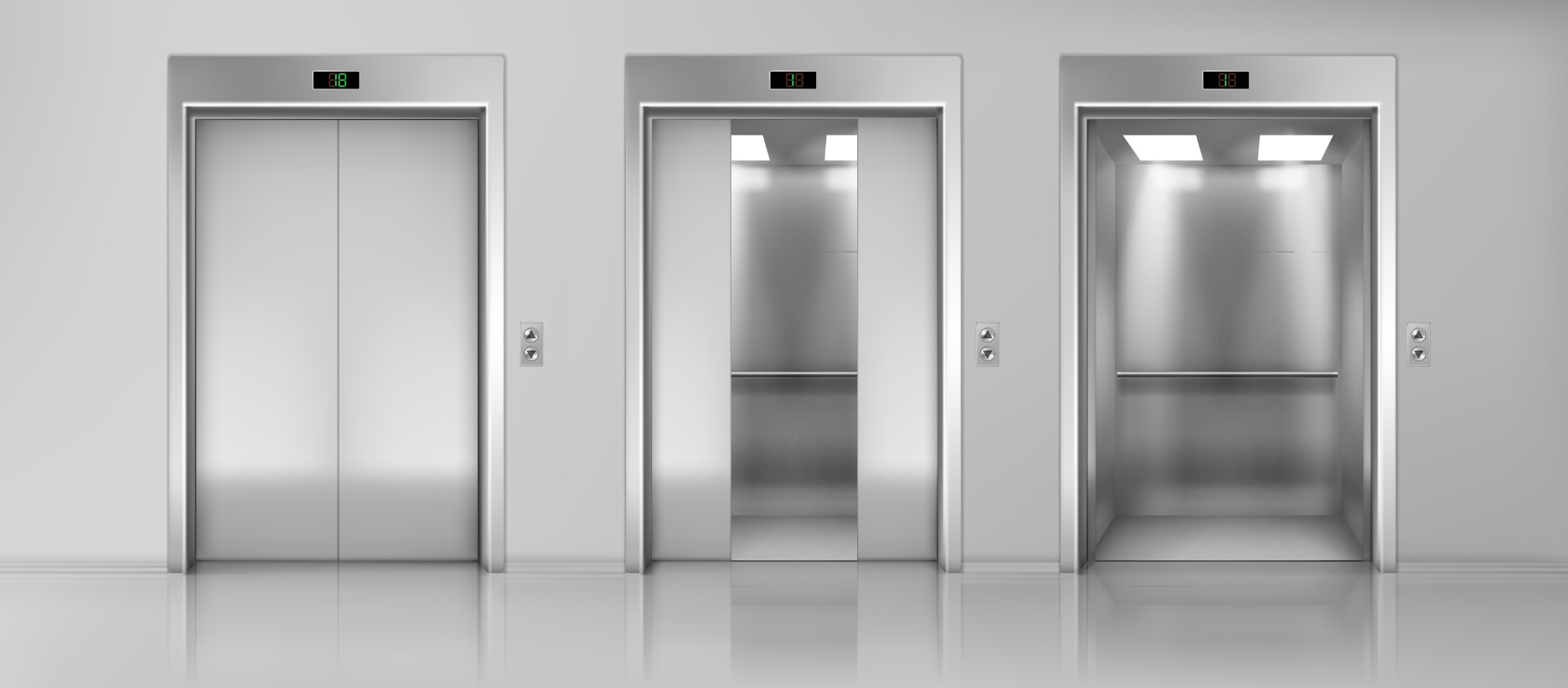
The Evolution of Elevators
The notion of an elevator has evolved over the years and we begin our journey through time with hand elevators dating back to the third century B.C.E. This did not use electricity and instead relied on a rope pulley technique or water wheels to control the braking system and the up down movement. In the wake of the Industrial Revolution, the 19th Century took innovation by storm as sturdy elevators were required to transport heavy goods in factories and public attractions desired an alternative to staircases. In 1823, Burton and Homer designed and produced a steam powered lift which would take paying customers to dizzying heights as they beheld a panoramic view of the London skyline.
This creation sparked further innovation in the form of an elevator safety brake, the first of its kind. In bygone years, elevators were void of automation landing positioning, meaning they required an operator to control the mechanism. Further down the line, Otis developed automatic levelling, whereby the speed was still controlled by the operator, however when released the elevator would smoothly level out to the nearest floor, a significant step in the direction of automatic elevators. In 1853 Otis and Otis Elevator Company completely changed the applications of an elevator. While previously they were most commonly used in industrial environments, adding this safety mechanism made transporting people up and down a building more trusted. Over the following couple of decades, in excess of 2,000 Otis elevators had been installed across America. At this point, elevators were most commonly steam powered which may have been slow but speed was not at the epicentre. Instead, experiencing this novel technology throughout a vertical journey was awe inspiring and to be savoured.
By the 1870s, the industrial landscape was changing and as Otis began installing elevators in busy commercial office buildings, it was becoming abundantly clear that speed was essential. So, with this criteria in mind, manufacturers and creative minds began to make the shift to hydraulic and electric elevators as the close of the 1800s approached. As hydraulic power was becoming increasingly established, a collection of high pressure mains were built surrounding the Thames and fed power to thousands of pieces of machinery including elevators. Automatic elevators made an appearance in the early 1900s, utilising relay logic controllers to control the speed, position and door mechanism of the elevator. Otis created the very first automatic relay logic controlled system in 1924 by the name of “Signal Control.” Just over a decade later, Peak Period Control was revealed, capable of scheduling elevator movements automatically. This invention was commonly adopted in factory settings, useful for accommodating busy periods and reducing waiting time. Already having William Armstrong to thank for the hydraulic crane, German inventor Werner von Siemens then took centre stage to unveil his electric elevator which formed the foundations of what we know today. By 1981, Otis introduced another fully computerised elevator system, the "Elevonic 401”, using microprocessor control which consumed less power and was easier to maintain than relay controllers used most commonly prior to the 1980s. The following years saw countless improvements in elevator manufacturing substituting manpower for electricity.
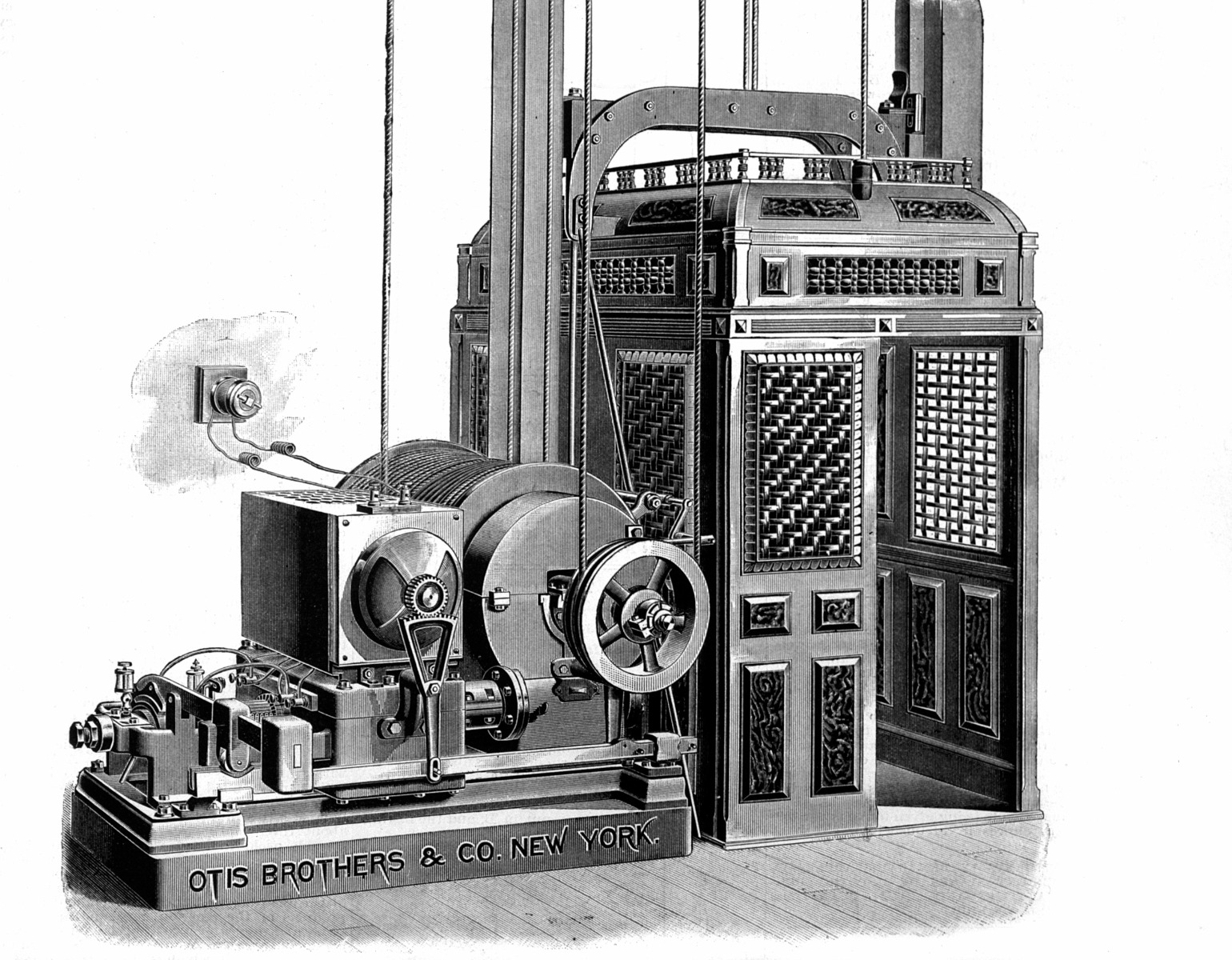
The Introduction of Variable Voltage Frequency Drive
Traction elevators are most frequently used with the carriage suspended by the wire rope which then passes over a sheave. The driving force behind them is most often a Variable Voltage Frequency Drive, regulating input voltage and frequency from the get go. Implementing this drive uses far less current when accelerating and decelerating, ensuring optimum performance. Building on the innovative creations of the past, the introduction of drives provides countless benefits to both the end user and those in control of maintenance.
To kick things off, high speeds are possible in conjunction with a smooth journey. This paired with the close to silent mechanism results in a satisfied passenger. The technology beyond the carriage is worlds away from what could even be imagined in the 1800s, now capable of comprehending programmed algorithms. These algorithms ensure the carriage arrives at the correct floor quickly and efficiently as instructed by the passenger.
The speed is entirely dictated by this programme which includes positional control and accurate speed commands. The use of encoders paired with S-ramps means acceleration is increased gradually until reaching maximum capacity, slowing as it reaches the designated floor. This smooth control of the elevator movements reduces stress on the elevator mechanism meaning less maintenance, maximised lifespan and the reduced likelihood of operational downtime. Throughout previous decades, passengers had once feared the elevator but with the addition of safety precautions programmed into the system and back-up power supplies, this fear has been quashed.
The benefits to the passengers are clear, but what about Maintenance Managers?
When installing an elevator drive, there are many elements to take into consideration. The available space will often command a compact design. Even architectural requirements come into play. These modern motors can be mounted in the elevator shaft without compromising the building design. These drives are highly efficient and kitted out with sleep mode capabilities meaning when the elevator is not in use, energy usage is reduced. Studies show that these drives have the power to reduce starting motor currents by approximately 80%. Modern elevator drives are capable of withstanding extreme conditions due to their thermal management which helps to avoid system tripping. Of course, this is directly related to minimising the chances of downtime, no doubt an integral worry on the minds of many Maintenance Managers.
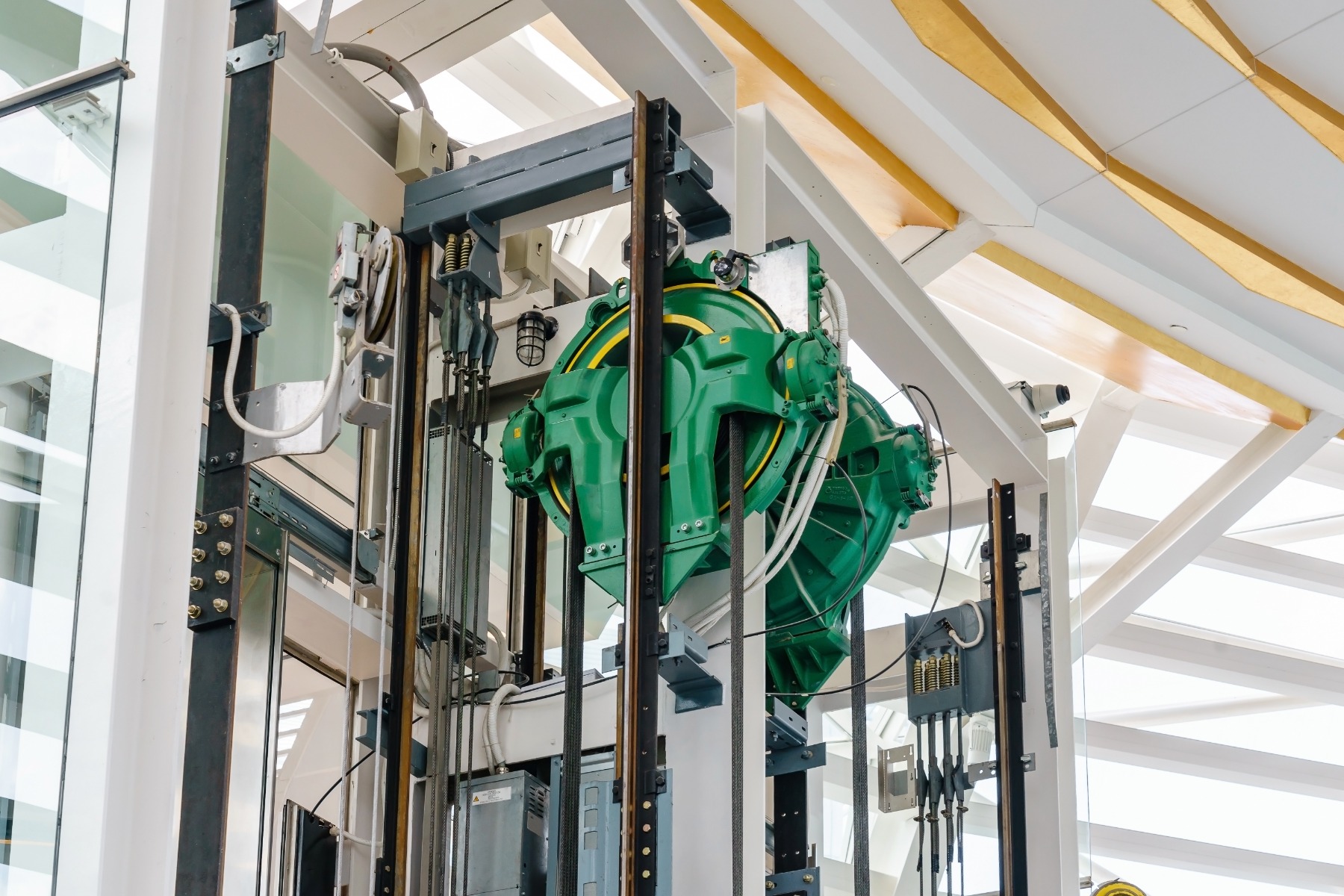
What goes up must come down, so what impact can a failed elevator have and what can Northern Industrial do to help?
With daily use, it is unreasonable to expect your elevator to be consistently flying high and it is inevitable that it will require some TLC. As we already know, the drive is responsible for the movement and speed of the elevator, so if you notice sudden movements or reduced levels of speed, chances are that your drive is the culprit. An out of service elevator could have a catastrophic effect on your business, resulting in no deliveries due to limited access and so on. Although drives provide you with the best control and are highly reliable, like any automated solution they do require maintenance to fulfil their potential. Preventative maintenance must cover every moving element of the elevator, from the carriage and cables to each cog in the complex machine. Inspections should be completed on the pulley, safety braking system and the motor itself including its internal brushes and bearings. It is crucial that each component is inspected as a single fault can cause the entire system to fail. The safety device must also be tested, especially important if it is used to transport people. Within the elevator shaft, the tension of the cables, counterweight buffers, limit switches and everything in between contributes to guaranteed safety. Under the daily pressures of life, the elevator system is prone to deterioration. Carrying out this preventative maintenance can provide a solution before it rears its head.
In a world where technology is constantly evolving, elevator drives frequently become obsolete meaning the building owner is forced to upgrade. However, the dreaded obsolescence can be counteracted. The Northern Industrial team identified a need for obsolete drives and thought we would offer a helping hand. We provide obsolete parts to worldwide clients who crave an automation solution quickly. SparesVault™ enables proactive manufacturers to manage obsolescence and reduce unplanned downtime, keeping track of your assets to ensure speedy delivery of an obsolete part when and where you need them. So, if you cannot afford disruption to your operations, this may well be your solution.
Every single repair we carry out on an elevator drive includes a complete preventative maintenance service, eliminating the possibility of future breakdowns due to aged and sub par components. Once we return your drive to your doorstep, you need not fear losing time as we back up your parameters and provide you with a copy, enabling a speedy recovery. If your drive has reached its tragic demise, we have you covered for this too. By now, you know we can provide obsolete parts, however we also supply fresh off the shelf replacement units complete with a two year warranty and free shipping. We can set up your drives so they are ready to use as soon as they are installed. All we need from you is your wiring diagrams and we will do the rest.
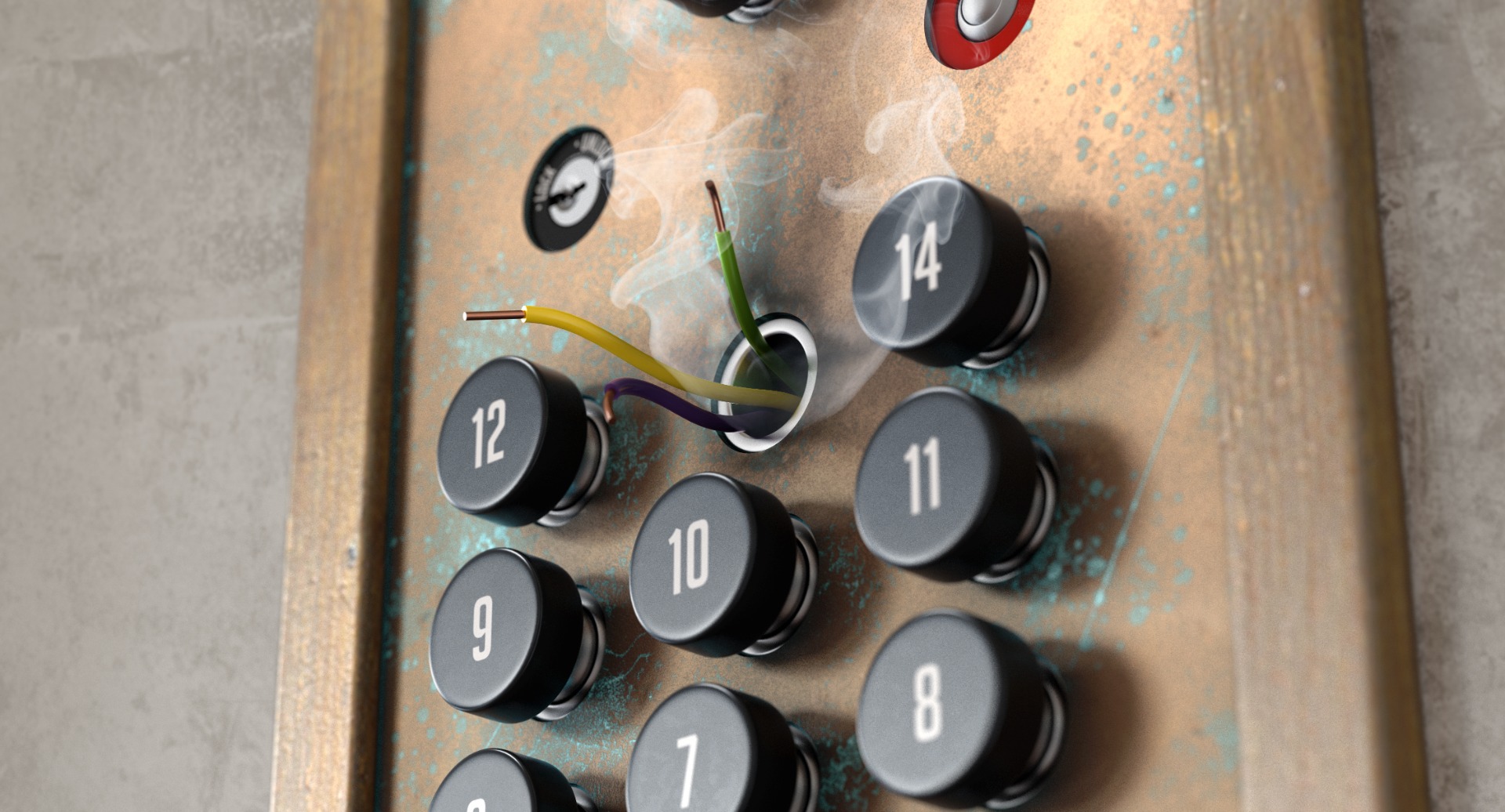
Elevate your expectations with our elevator drive repair service.
No matter your automation requirements, Northern Industrial has you and your elevator covered.
Industrial automation is part of our DNA. If you are on the hunt for a complete automation solution, we are ready and waiting to provide the support you deserve.
Want to find out more?
If you'd like to learn more, click the button below and one of our helpful friendly team will be in touch. Alternately you can reach us by phone on +44 800 234 3747
Share this article


























